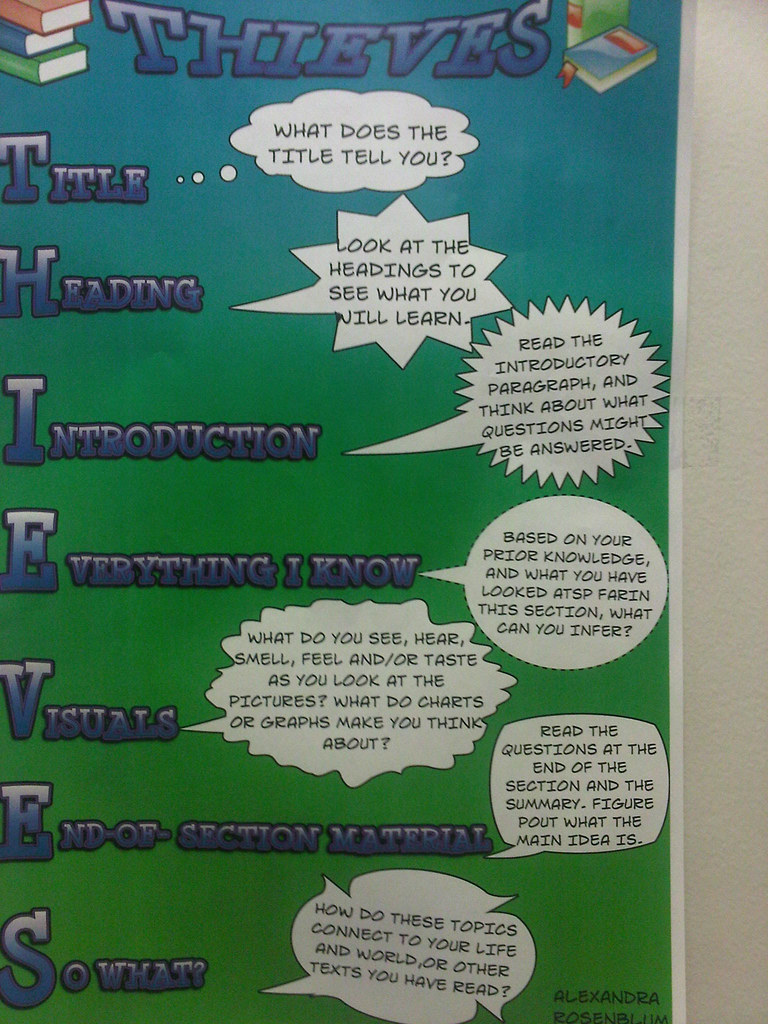The First Rule of Write Club is…
…you do not talk about Write Club. The second rule of Write Club is you DO NOT TALK about Write Club.
Okay, that isn’t how they're numbered by Claire P. Curtis, and she doesn’t call it Write Club. But Writing Group has rules:
- [Y]ou must schedule a time every week
- There is no backing out.
- [All are] responsible for reading and commenting carefully.
- Three seems to be the magic number
(School House Rock bonus link by Brooke).
Do read the entire article: The rules are fleshed out with personal experience, and Curtis has excellent suggestions about choosing participants and making Writing Group work.
I have occasionally discussed a Writing Group with colleagues, mostly back when we were in course work and already had plenty of external pressure to write. During the dissertation years…well, you’d have to be a sadist to bring up a Writing Group with an ABD (that’s “all but dissertation,” or “antisocial behavior disorders”). And anyway, putting three ABDs into a room for Writing Group would be like the legendary Roman death sentence for parricide.
It is probably time for me to re-think Writing Group: my employment situation is settled for the next few years, and while my administration and teaching responsibilities are pretty consuming—especially for the next year—I should be able to carve out some manageable, defined space for research and writing. To offer an analogy: my wife, who handles the books in our household, has always been amazingly good at making sure we “pay ourselves first” even with our often-preposterously-modest incomes: something goes into savings before any bill payments go out. Writing, by analogy, is how an academic “pays herself first.”
Are you now, or have you ever been, a member of Write Club?
[The First Rule of Write Club is… was written by G. Brooke Lester for Anumma.com and was originally posted on 2011/03/30. Except as noted, it is © 2011 G. Brooke Lester and licensed for re-use only under CC BY-NC-ND 3.0.]

